Rome Guide
A Roman legacy: Villa Spalletti Trivelli’s family guide to the Eternal City
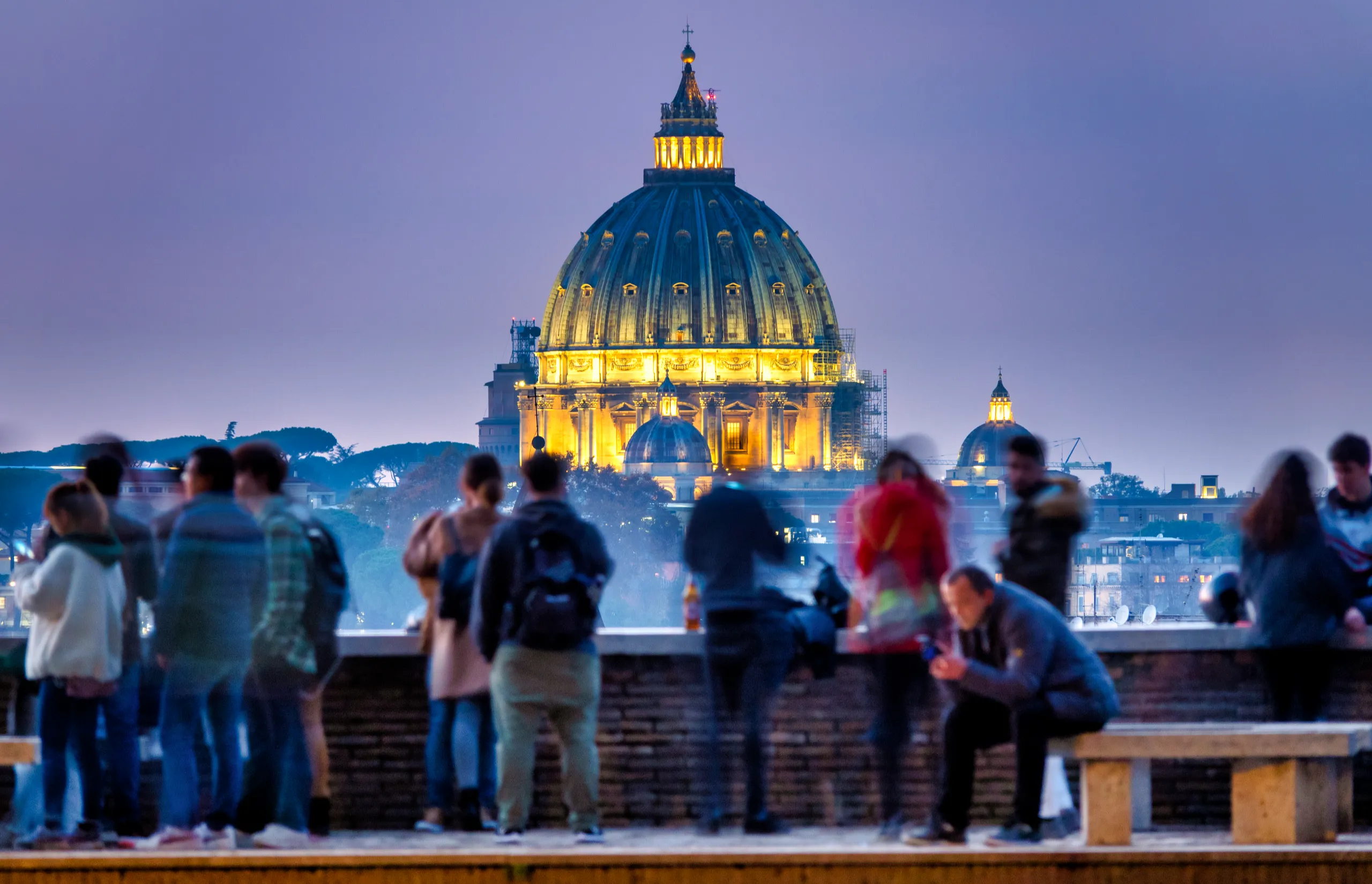
Viewpoint of the Giardino degli Aranci, Rome, Italy
From a noble villa in the Quirinale district, sixth-generation hotelier Andrea Spalletti Trivelli shares his four-day insider’s journey through Rome
Sixth-generation Roman hotelier Andrea Spalletti Trivelli takes quiet pride in his noble heritage and the transformation of his ancestral home into a refined Roman retreat. Born and raised in Villa Spalletti Trivelli – a stately 1901 residence in the Quirinale district, Andrea recalls pony rides in the garden and earning €5 an hour as a delivery boy when the villa first opened to guests.
Once home to royalty and intellectuals, including Queen Marguerite’s Lady-in-Waiting and visitors like the Nobel Prize–winning Bengali poet and philosopher, Rabindranath Tagore, the villa has been lovingly restored into a boutique hotel. With just 12 elegant suites, Italian gardens, rooftop hot tubs, a Jacuzzi pool, spa and historic salons filled with Flemish tapestries, Persian rugs, antique prints and family photos, it retains its aristocratic charm. Additional suites and apartments are located in the adjacent building.
Andrea now runs the hotel alongside his sister, Raimonda, while their parents manage the family winery in Umbria. A stay here is less a hotel visit and more a glimpse into a living Roman legacy. I persuaded Andrea to give me his top recommendations for how to spend four days in his beloved Rome.
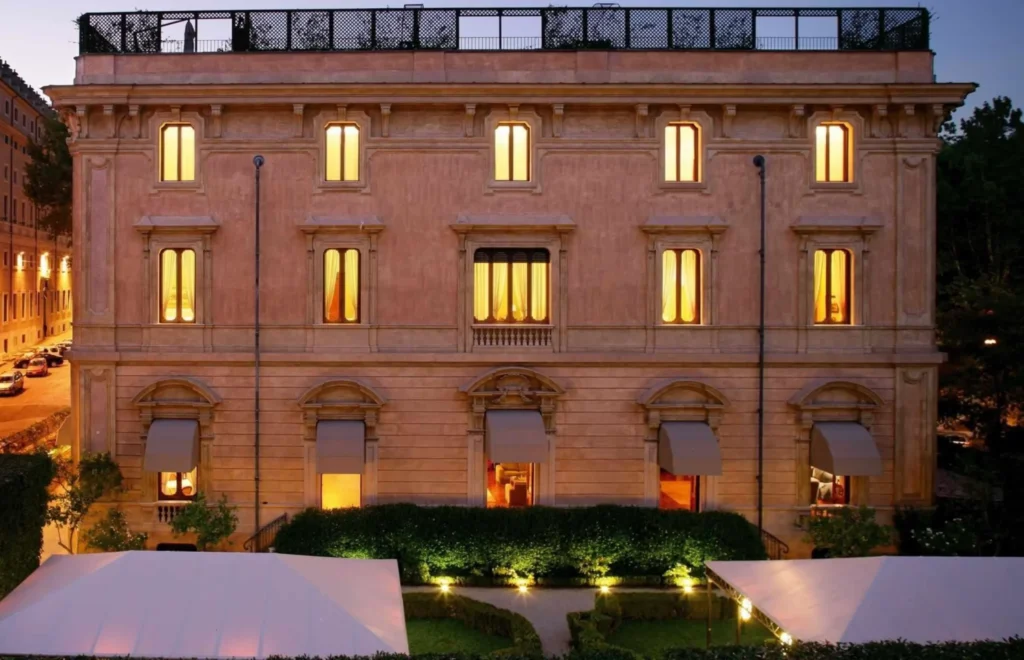
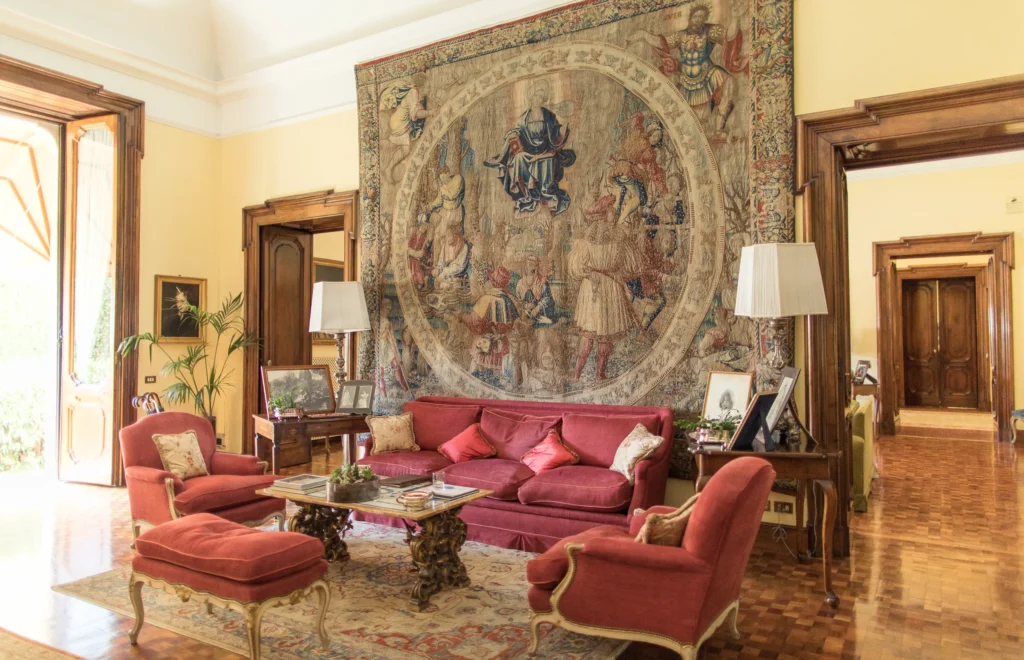
Day 1: Get lost in the city
There’s no better way to discover Rome than by wandering its streets, getting blissfully lost in its layered history. Begin your day with a hearty breakfast at Villa Spalletti Trivelli, then head toward Sant’Andrea al Quirinale, a magnificent church designed by Bernini and once the Popes’ private chapel when they resided at nearby Quirinale Palace.
Continue down into Monti, passing the bustling Colosseum and Roman Forum, and make your way to Piazza di San Gregorio. Here, tucked within Celio Park, is the peaceful baroque gem of Oratorio di Sant’Andrea al Celio (open Thursday–Sunday mornings). From there, climb to Aventine Hill and visit the serene Giardino degli Aranci for sweeping views of Rome, and – if the queue isn’t too long – peek through the famous keyhole for a framed view of St. Peter’s Basilica.
Cross the Tiber into Trastevere to explore the quiet 10th-century Chiostri di San Cosimato, once a Benedictine monastery. For lunch, try Da Enzo al 29 (Via dei Vascellari), a classic Roman trattoria, or Roma Sparita (Piazza di Santa Cecilia 24), beloved by Anthony Bourdain, with its rustic charm and alfresco dining.
Don’t miss the historic Antica Farmacia di Santa Maria della Scala (23 Piazza Della Scala), Rome’s oldest working pharmacy, hidden near the Botanic Garden. Then stroll back across the river to the vibrant Campo de’ Fiori market. Nearby, step into the shadowy Passetto del Biscione to admire ancient frescoes, before visiting Piazza Navona and the underground ruins of the Stadium of Domitian.
End the cultural loop with a visit to San Luigi dei Francesi to see Caravaggio’s masterful paintings of Saint Matthew. Finally, unwind and recap Rome’s 2,700 years of history with a stylish cocktail at Salotto 42 (Piazza di Pietra). If you’re staying at the villa, finish your day with a seafood dinner at Matermatuta or enjoy a traditional Roman meal at La Taverna dei Fori Imperiali.
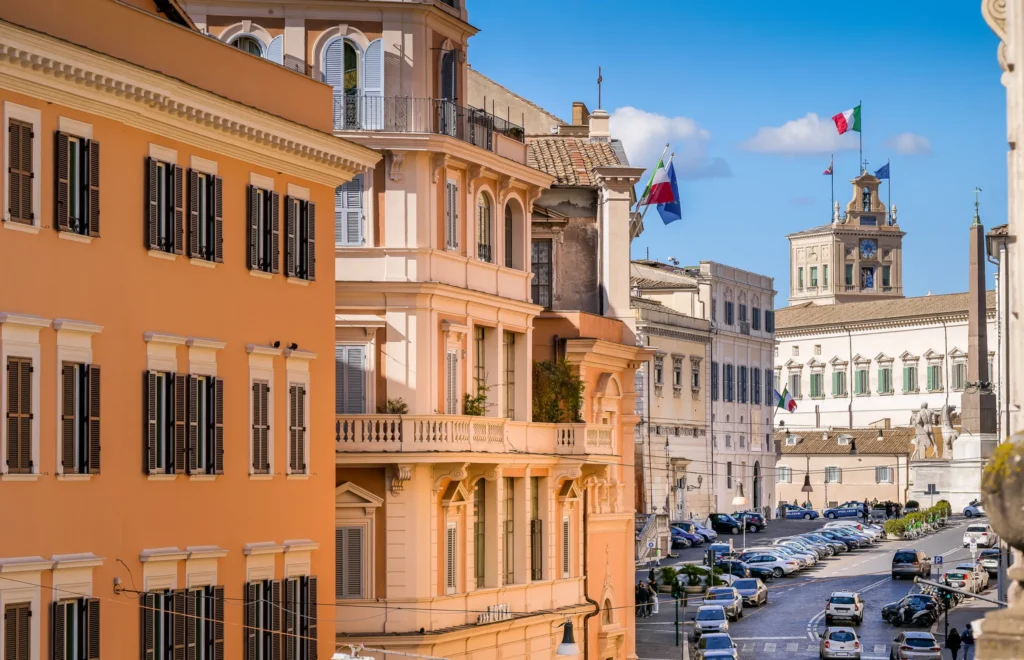
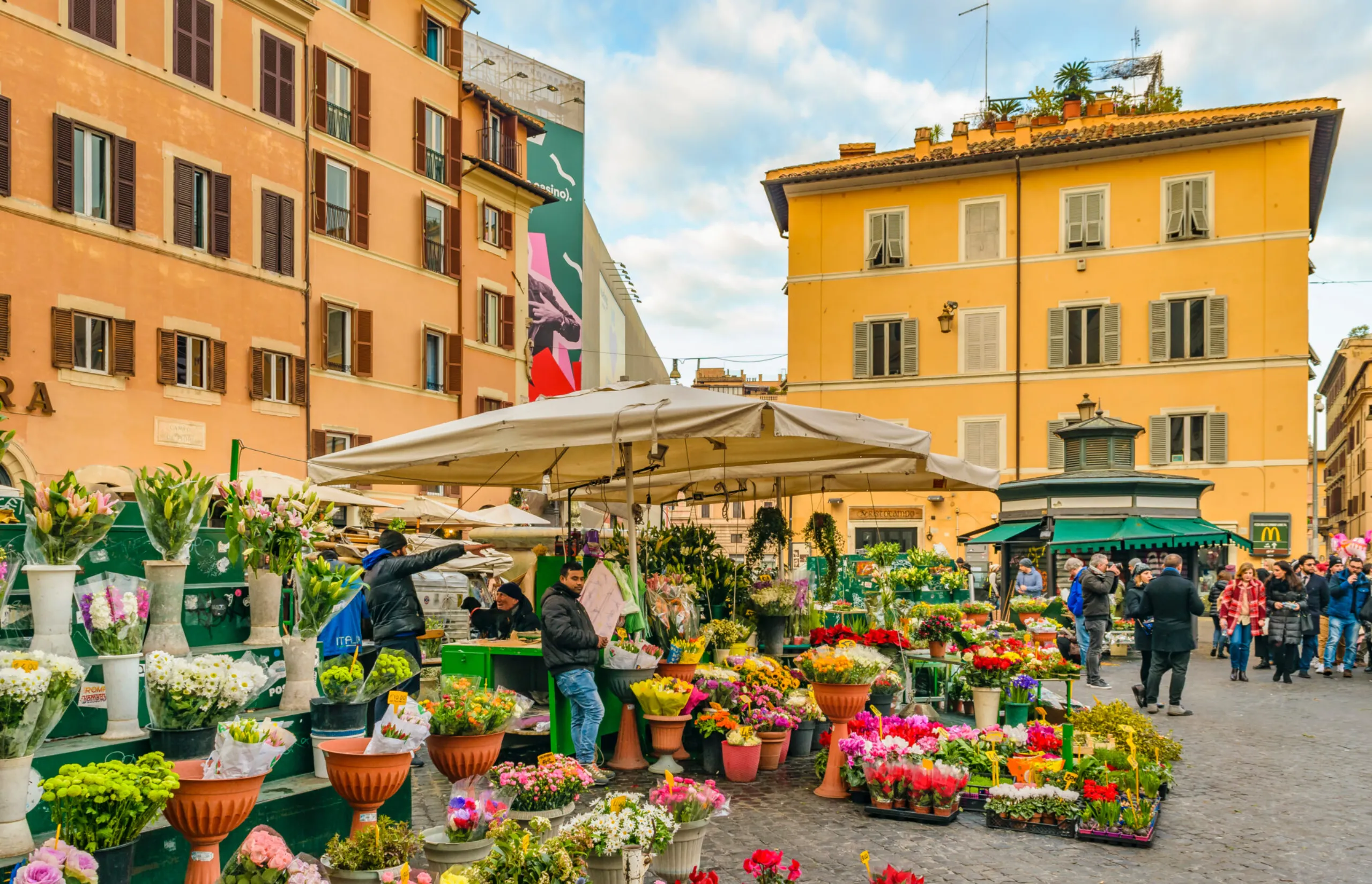
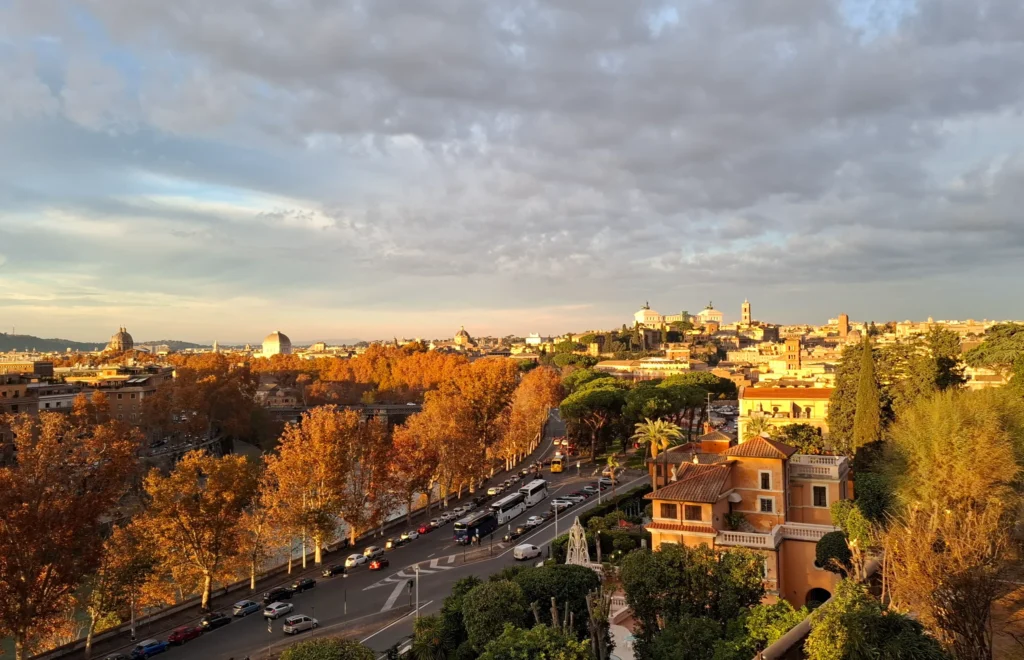
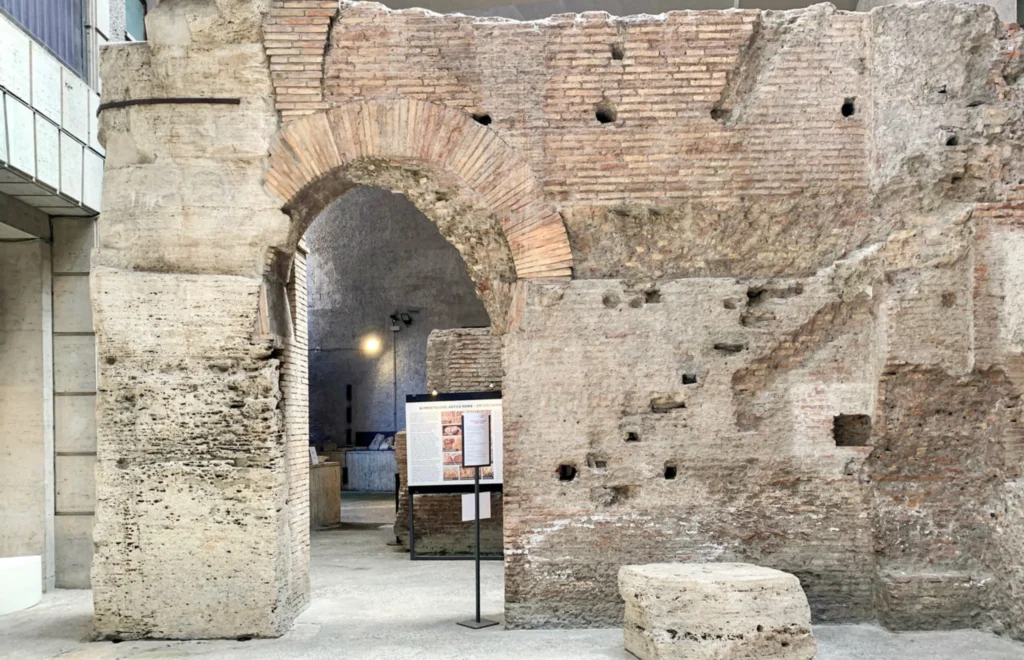
Day 2: The Roman seaside and vintage shopping in Monti
Escape the crowds of central Rome and discover the ancient harbor city of Ostia Antica, just 25 kilometres away. Once a vibrant port of Imperial Rome, this remarkably preserved archaeological site offers an immersive glimpse into daily life in the 1st century AD. Explore ancient baths, temples, markets, multi-storey apartments, vivid mosaics, and an amphitheatre still used today. Peaceful and uncrowded, it’s ideal for history lovers or families and easily reached by car or via the Roma-Ostia train.
After your archaeological adventure, head toward the coast for lunch by the sea. Between Ostia, Maccarese, and Fregene, you’ll find an abundance of charming beachside venues. Recommended are La Baia, an exceptional seafood spot in the picturesque fishing village of Fregene, and L’Osteria di Maccarese, a cosy eatery housed in the old stables of Maccarese’s Castle of San Giorgio.
Back in Rome, spend the afternoon vintage shopping in Monti, exploring boutiques such as Cavalli e Nastri (Via del Boschetto 140) and Pifebo (Via dei Serpenti 141). Finish the evening in Piazza Madonna dei Monti with a relaxed beer or spritz by the fountain or indulge in a full-on aperitivo at refined wine bars Fafiuchè or Vino al Vino, instead of dinner.
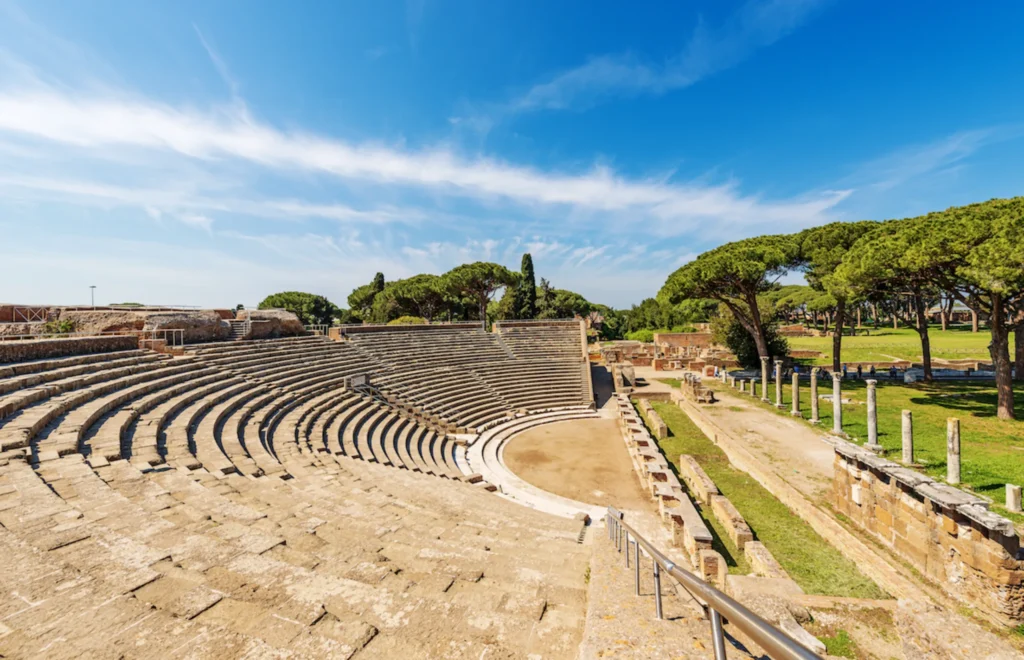
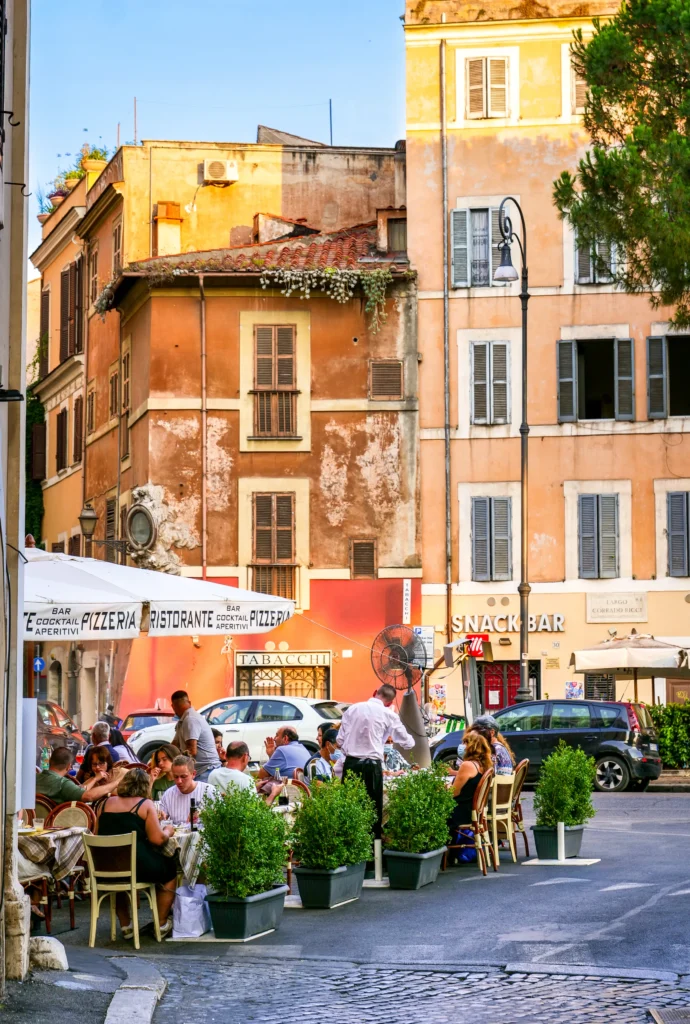
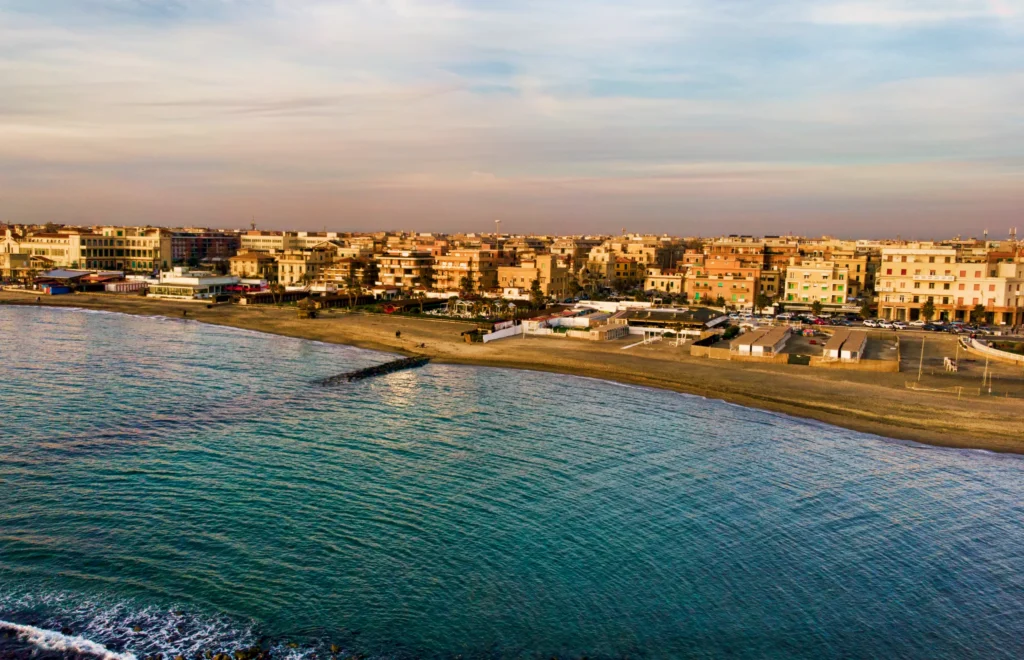
Day 3: A 1st Century AD Roman cemetery, Monteverde and Centrale Montemartini
Begin the day with a visit to the Scavi Vaticani, beneath St. Peter’s Basilica. Book in advance to explore this rarely seen 1st-century Roman cemetery, believed to contain the tomb of St. Peter – one of Christianity’s holiest sites.
From sacred ruins to open air, head to Monteverde and stroll through Villa Doria Pamphilj, Rome’s largest park, filled with sculptures, fountains like the Venus Fountain and tranquil corners such as Belvedere Lake – this is where Romans like to stroll, jog or walk their dogs.
For lunch, enjoy a memorable meal at Il Cortile (Via Alberto Mario 27), a family-run gem since 1929, known for its wine list and Roman classics such as tonnarelli with clams and bottarga.
In the afternoon, descend to the Ostiense district to explore Centrale Montemartini, a former power plant turned museum where classical Roman statues are dramatically displayed among industrial turbines – a surreal blend of ancient and modern.
Wrap up the day in Monte Testaccio, the heart of Roman culinary tradition. Feast on rigatoni alla gricia or abbacchio (suckling pig) at Flavio al Velavevodetto (Via di Monte Testaccio 97) or sample the superb spaghetti carbonara at Pecorino (Via Galvani 64). End the evening with a world-class cocktail at Drink Kong, a neon-lit bar in Piazza di San Martino Ai Monti, consistently ranked among the world’s best. A Ga-ri-bawl-dee, anyone?
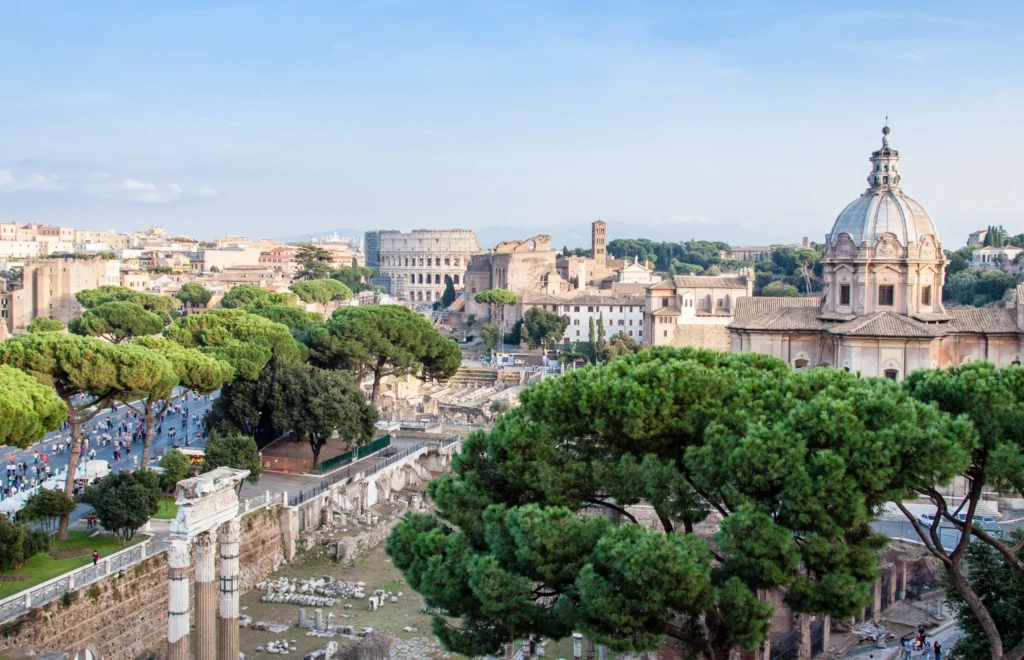
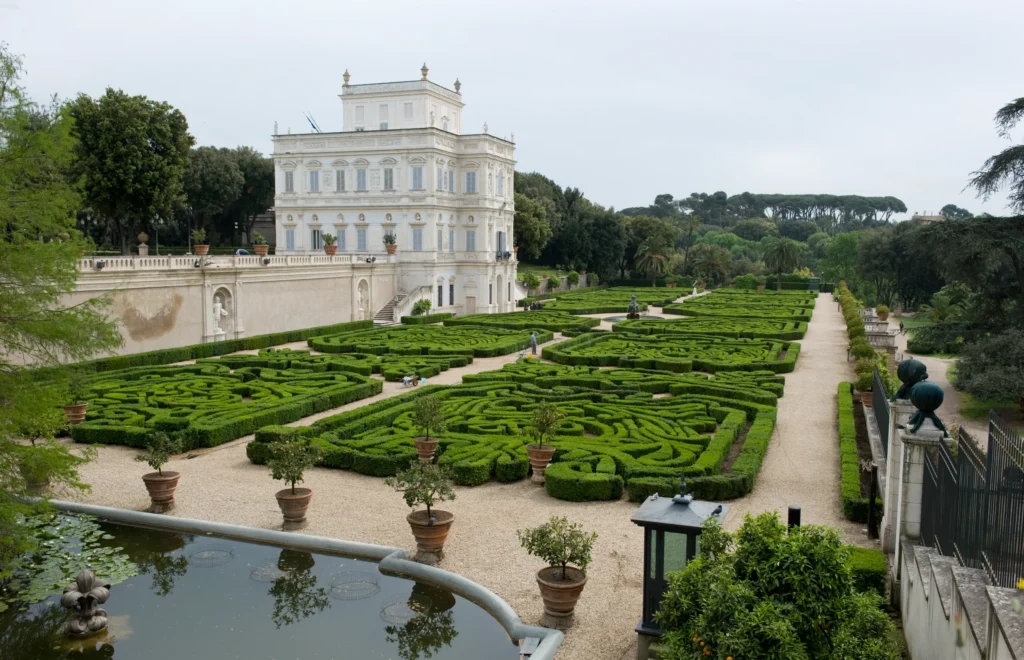
Day 4: Golf, history, wine and architecture
Spend your final day in Rome soaking up leisure and beauty. Golf enthusiasts can enjoy a round at Circolo del Golf di Roma Acquasanta, Italy’s oldest course, nestled amid aqueducts and Roman ruins along the Appian Way. Non-golfers might opt to bike the Appian Way, exploring the countryside before ending at Tellenae Winery, where Giuliano Manfredi offers tastings of his exceptional Malvasia wines, typical of Rome.
In the afternoon, explore Quartiere Coppedè, a whimsical architectural wonder comprising 26 small palaces and 17 villini between the two streets, Via Salaria and Via Nomentana that blend Art Nouveau, Gothic and Baroque styles. Don’t miss the Frog Fountain, Spider Palace and Fairy House, all centred around Piazza Mincio. Nearby Villa Torlonia is also worth a visit.
Prefer classic beauty? Visit Sant’Ivo alla Sapienza, Borromini’s 16th-century Baroque masterpiece. Then cross the river to Prati, a stylish, less touristy district filled with lively bars and restaurants. Built by Piedmontese in 1883, it was once the countryside estate of the wife of Emperor Domitian. Dine at La Zanzara, Il Sorpasso, or Trio Dinamico (an oyster lover’s dream) and mingle with locals in this elegant Roman neighbourhood.
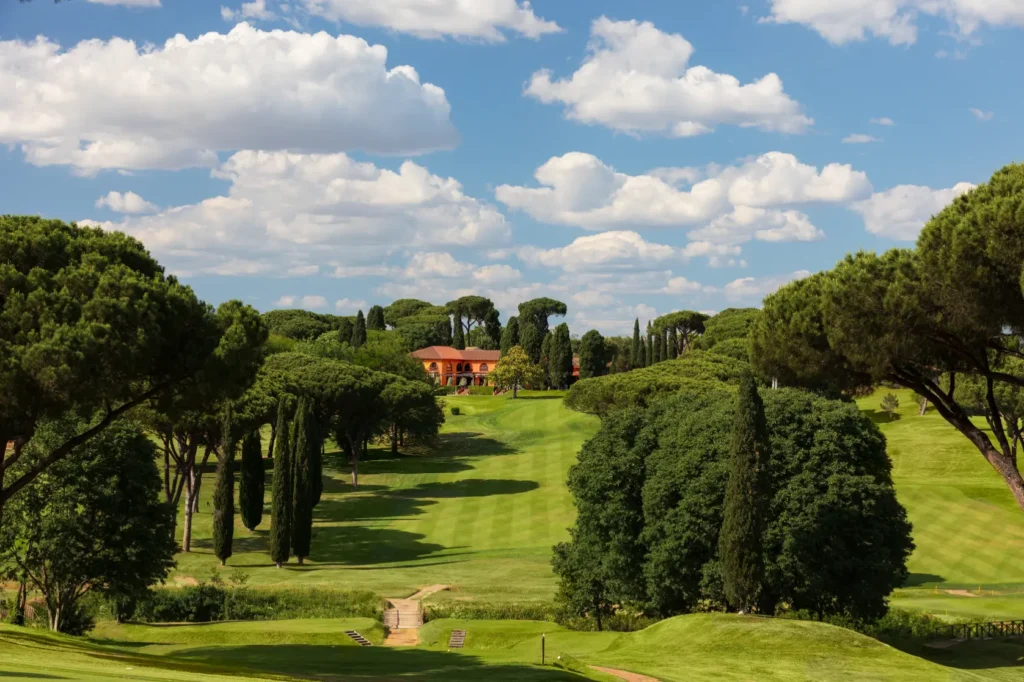
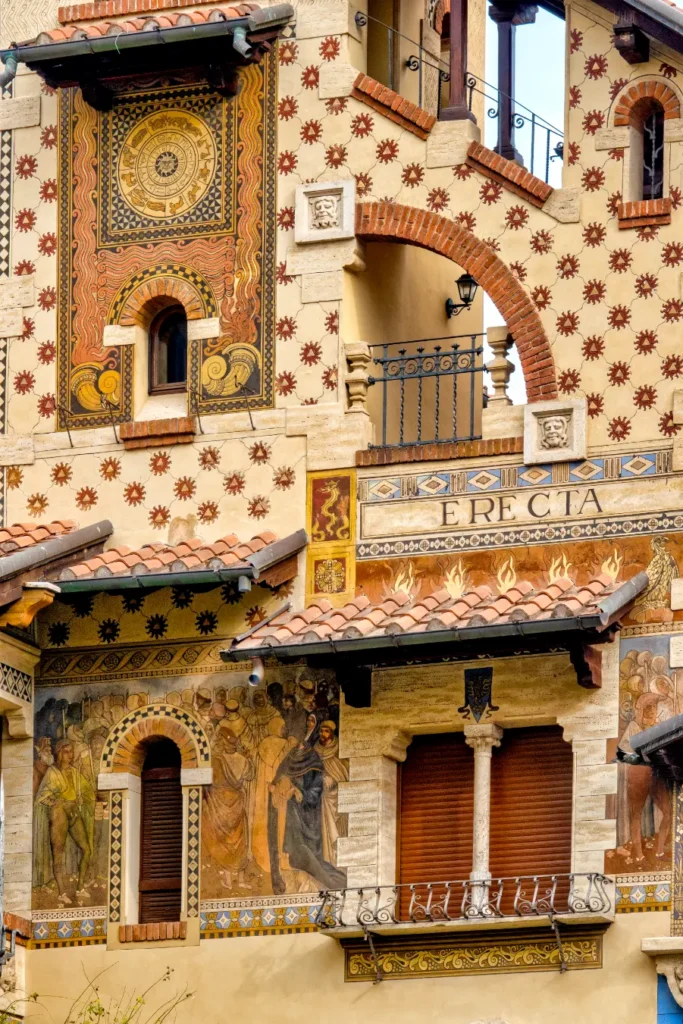
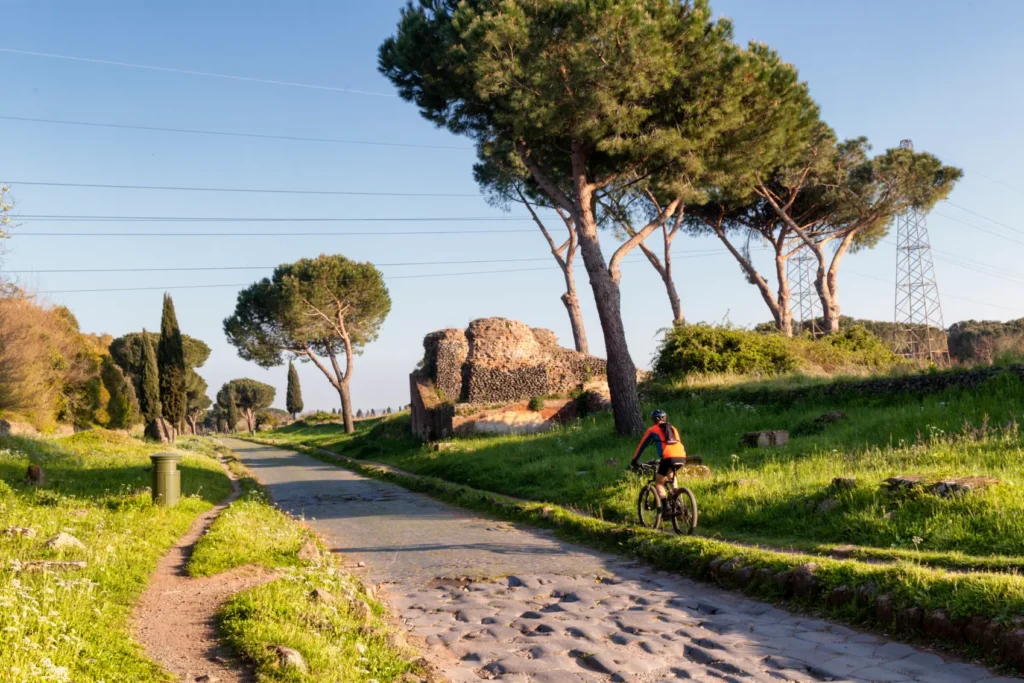
Latest Articles
Don't miss the latest from Luxury Travel
